Jennifer Gall from Dundee was enjoying busy student life when she collapsed during a break from lectures at Abertay University.
The hours and days following the stroke are a blur for Jennifer, who was just 18.
When she woke up in Ninewells Hospital she was terrified to find she couldn’t communicate due to aphasia – a communication disability most commonly caused by stroke.
As research from the Stroke Association reveals life without communication is a top fear for a third of those surveyed, Jennifer tells us how she learned to talk again.
And the advice she’d give to other stroke survivors.
Jennifer was six months into her business studies degree, in good health and enjoying going out with new friends when she suffered the stroke.
She’d had no symptoms beforehand so it was, she says, completely shocking and overwhelming.
‘Words wouldn’t come out’
She explains: “I had no speech for three weeks in hospital. It was terrifying, I knew what I wanted to say, but the words wouldn’t come out.
“It was like being locked inside my own body and there were times when I’d cry with frustration.
“I had weakness on my right hand and leg as well. It was scary.”
Months of physio, occupational therapy and speech therapy followed.
Jennifer, now 34, says: “I was transferred to Royal Victoria in Dundee to a special rehab unit there.
“I had speech and language therapy twice a day. The speech therapist used cards to help me start to speak.
Learning to live again
“I had to learn how to live again: How to use the kitchen, put food on a tray or in the oven, get hot water, all sorts of things you take for granted. I had to relearn it all.
“In my head I knew I could do those things but my body was telling me completely different.
“I was really tired processing everything. I was in there for three months and remained an outpatient after that,” says Jennifer, who now works for The Circle, Dundee.
What is a stroke? It is…
Scary
Confusing
Lonely
ExhaustingIt's a leading cause of adult disability & it changes lives in an instant. But the brain can adapt, & so can you. Please share so more people can hear what stroke means to survivors, as part of #StrokeAwarenessMonth. pic.twitter.com/wnDZywk5qx
— Stroke Association (@TheStrokeAssoc) May 26, 2022
Friends were a huge support to her during that time. Words started to come back and she was able to string them together.
And with amazing determination and courage, Jennifer returned to university.
“I was really anxious about socialising with friends and going back to university, but my friends stuck by me.
“Even though I had difficulties with my speech, they didn’t treat me any differently.
Cause of the stroke
“I joined a Stroke Association group. It was a great opportunity to practise my speech and to feel like I wasn’t alone with my challenges,” says Jennifer, who lives with her partner Jonathan Bruce.
“I was born prematurely with a hole in the heart. They think it caused the stroke, so I’ve had an operation on my heart to fix it. I’m thankful for that.”
She still has some challenges with one hand and has to go to hospital for yearly reviews, but her speech returned.
Live your life to the full
Jennifer hopes sharing her experience will bring hope to other stroke survivors.
“Live your life to the full. Try not to shy away from the challenges. If I can help one person by telling my story it would be wonderful,” she says.
“I would encourage everyone with aphasia to seek help. Find information, get advice and use the tools and services which charities like the Stroke Association provide, to help you with your recovery.”
- For more information on stroke and aphasia click here.
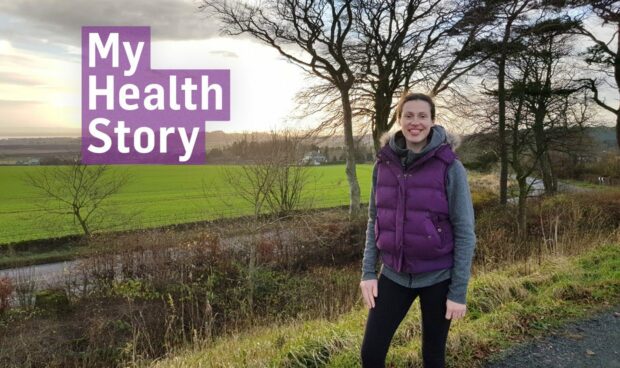
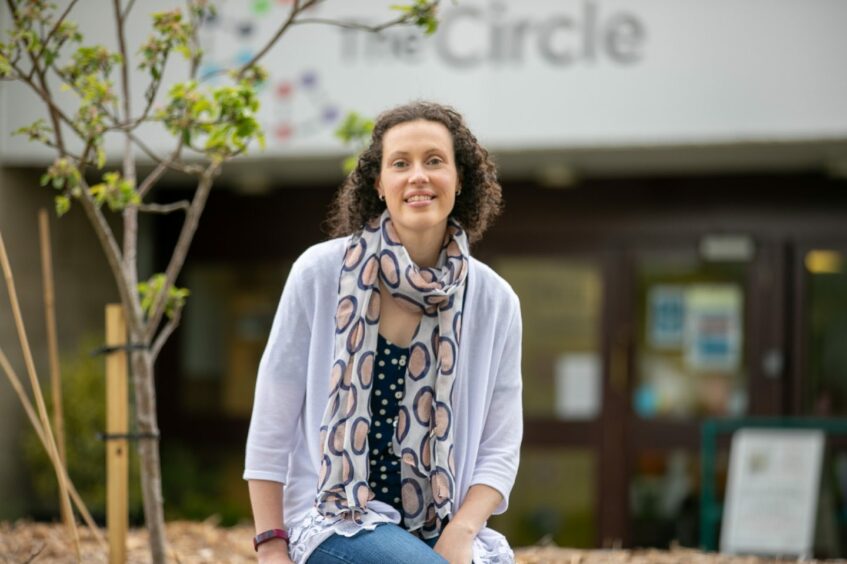
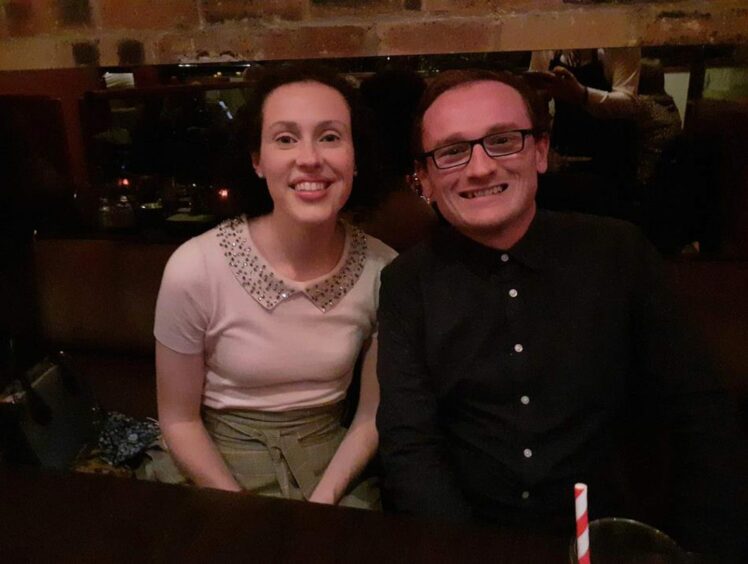
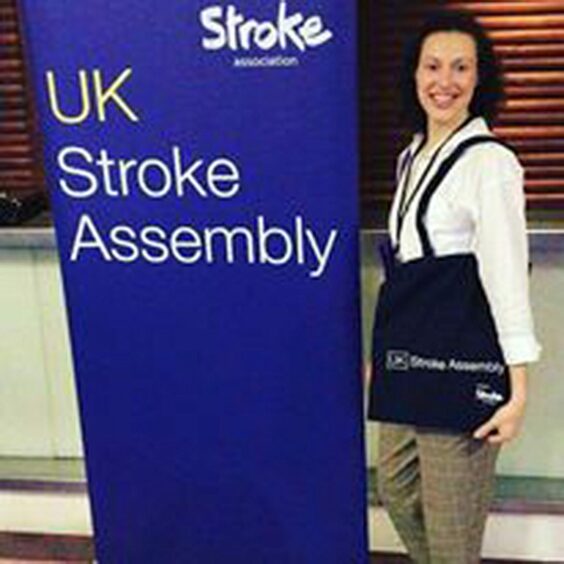





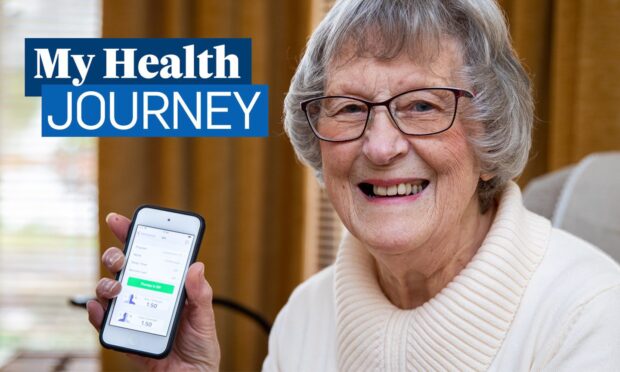
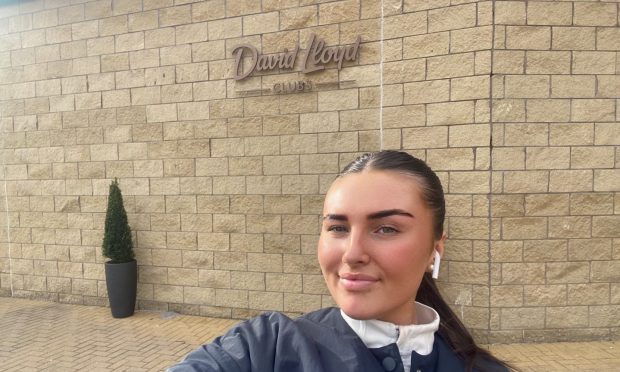
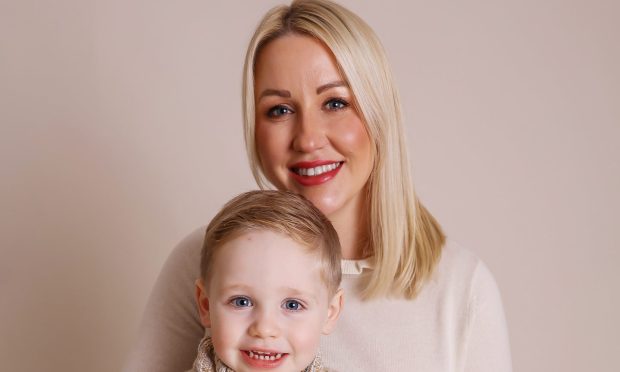
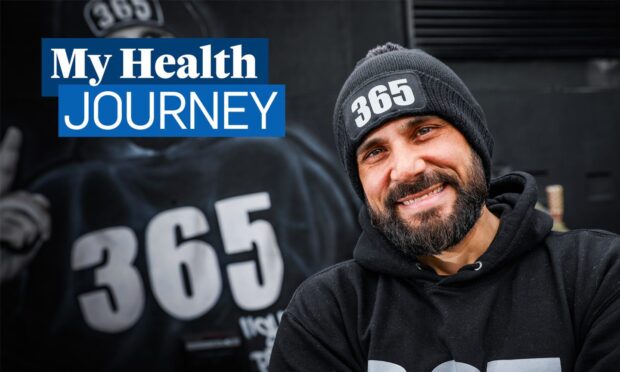

Conversation